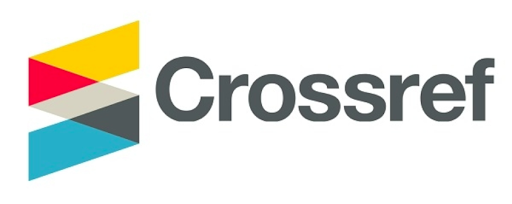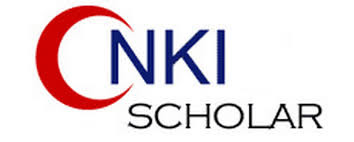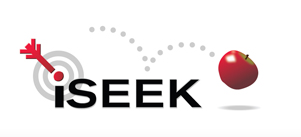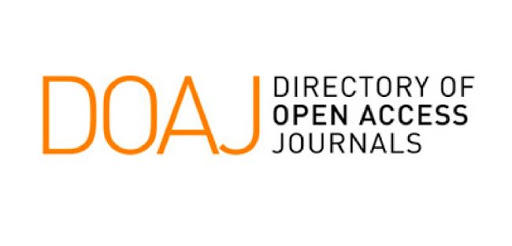Paper ID : SMJ1710235710618 | View : 62

Abstract : Abstract Viruses have evolved to become highly efficient at nucleic acid delivery to specific cell types while avoiding immunosurveillance by an infected host. Because of these characteristics, viruses are appealing gene delivery vehicles, or vectors, for gene therapy. Several viruses, including retrovirus, adenovirus, AAV, and herpes simplex virus, have been mutated for lab use in gene therapy applications. Because each of these vector systems has its own set of advantages and limitations, it is best suited to certain applications. Retroviral vectors can permanently integrate into the infected cell's genome, although transduction requires mitotic cell division. Adenoviral vectors may successfully carry genes to a wide range of dividing and nondividing cell types, but in vivo gene expression is generally limited by the immune clearance of infected cells. Herpes simplex virus can transport enormous quantities of foreign DNA; yet, cytotoxicity and transgenic expression maintenance remain challenges. AAV can infect both non-dividing and dividing cells, although it has a limited DNA capacity. On the other hand, Chimeric viral-vector systems, which combine favourable traits of two or more viral systems, are also being investigated. Although viral-mediated gene delivery has shown to be the most effective method of gene transfer, nonviral methods are also being researched. Many of these nonviral technologies combine elements of viral vectors to improve gene delivery or expression e










